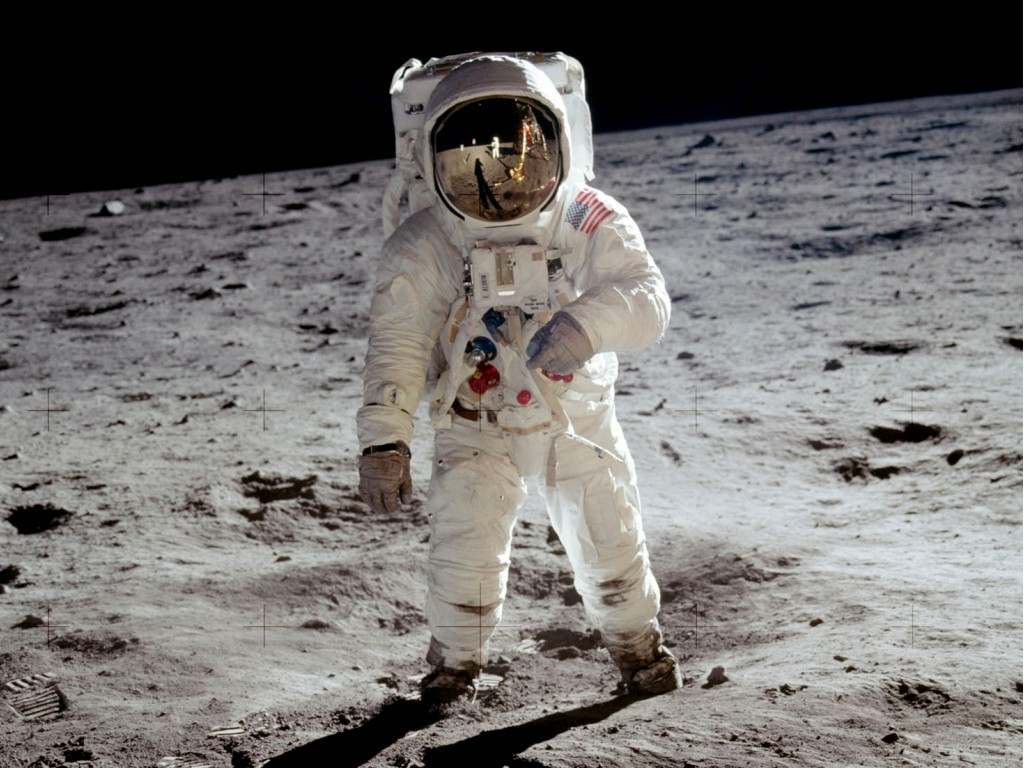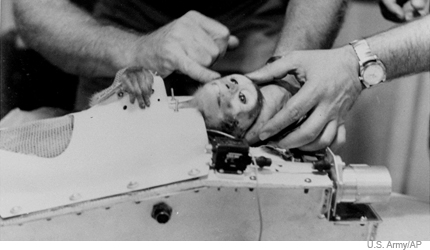
“The amount of water they found in the plume was a couple of hundred kilograms in total, but that indicates there is a lot more still lying on the surface. They don’t know how much exactly just yet.” (As we found out recently, the same might also hold true of Mars.)
“‘The full understanding of the LCROSS data may take some time. The data is that rich,’ said Colaprete. ‘Along with the water in Cabeus, there are hints of other intriguing substances. The permanently shadowed regions of the moon are truly cold traps, collecting and preserving material over billions of years.‘” I’m very reminded of James Hogan’s Inherit the Stars right now. Also, it’s probably about time to start taking lunar exploration a bit more seriously again, eh?




